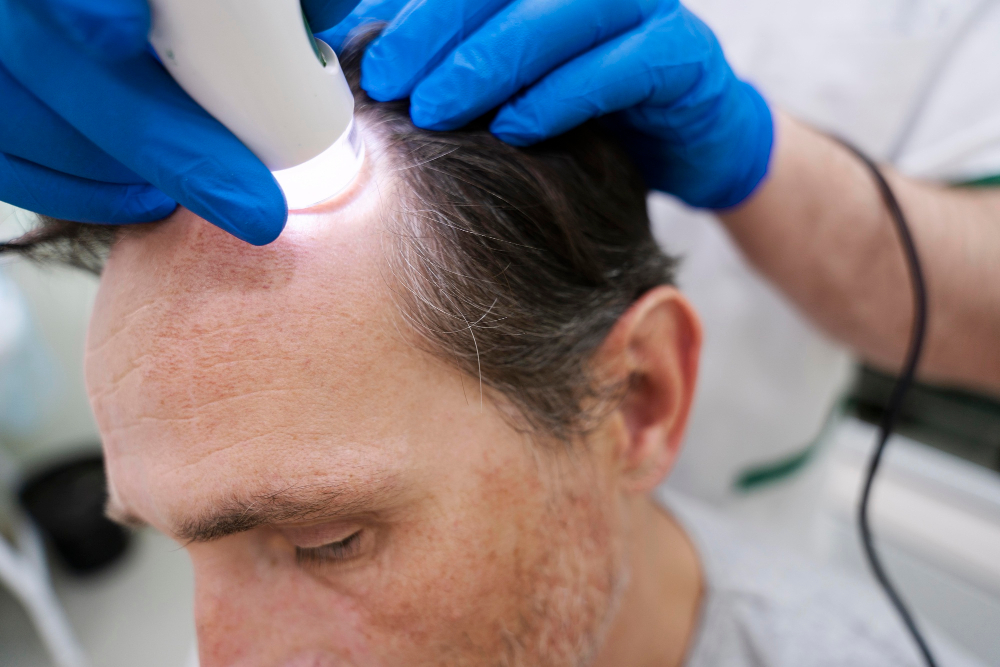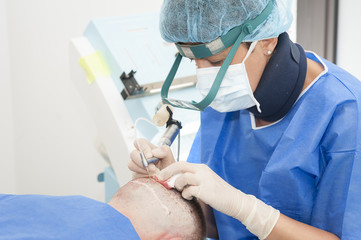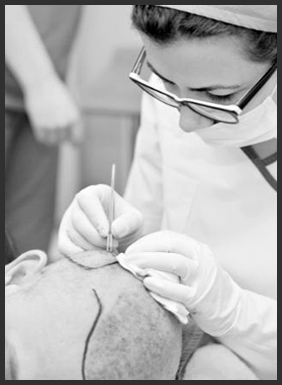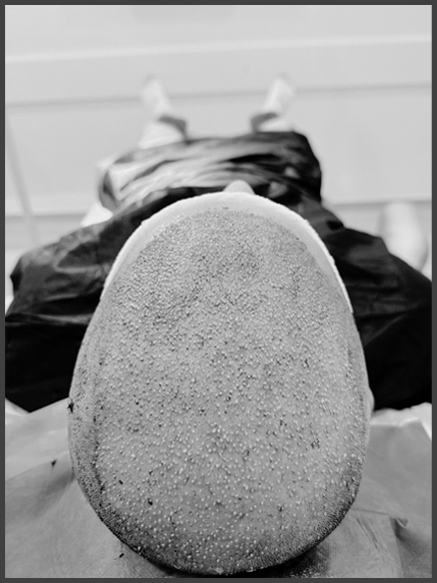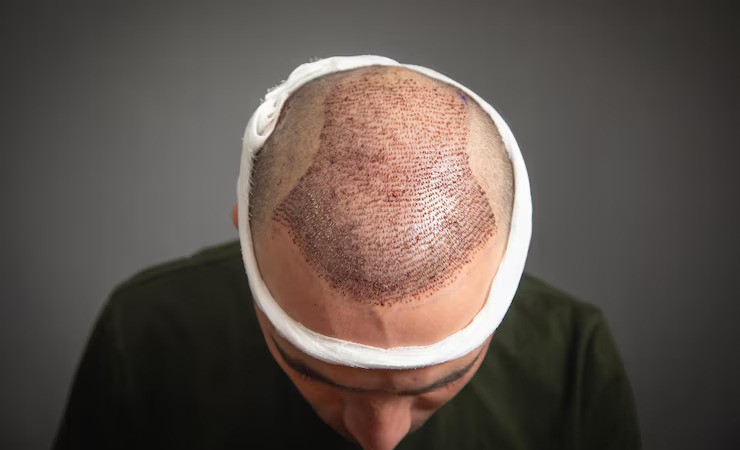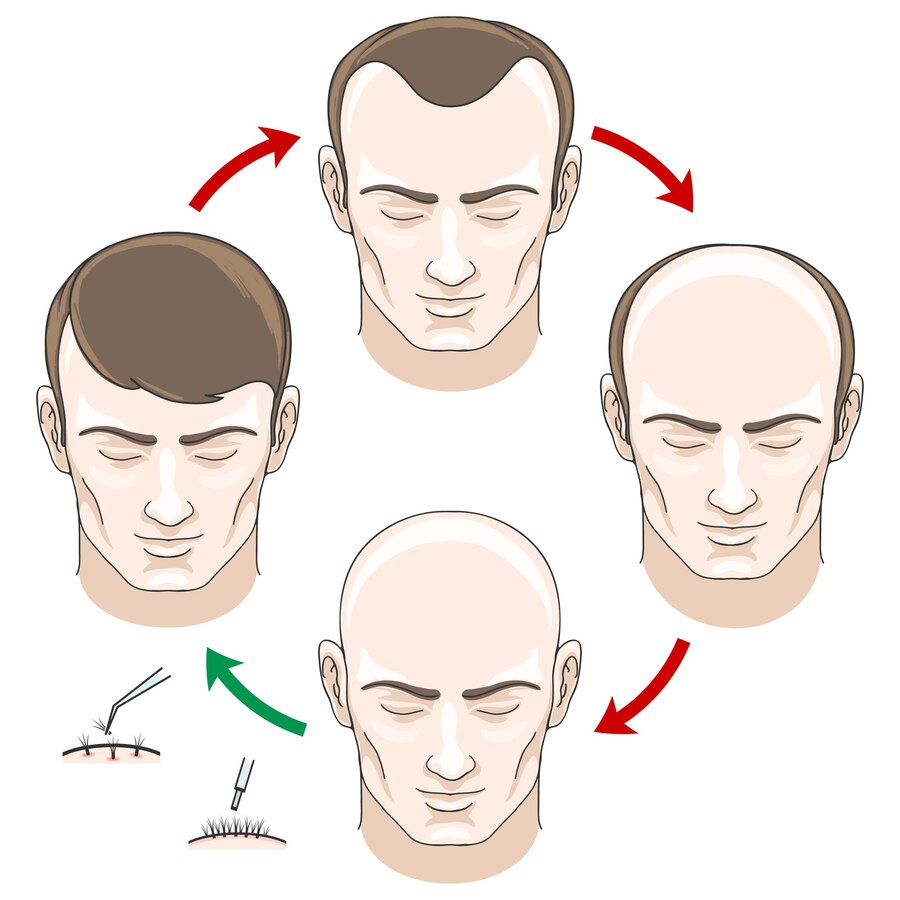Hair loss can be a deeply personal and distressing experience. For many, it’s not just about the physical change; it’s tied to self-esteem, identity, and confidence. As we navigate life, thinning hair or bald patches can feel like an unwelcome chapter in our story. But fear not — London is home to some of the most skilled hair loss specialist who offer hope and highly effective solutions. The rise of innovative hair loss treatment services in London has transformed a once-challenging, often-overlooked issue into a manageable experience for countless individuals. If you’re taking the brave first step towards regaining a fuller head of hair, understanding what sets London’s top experts apart is essential. Clinics such as Want Hair Ltd are at the forefront of this transformation, providing tailored support designed to rebuild both appearance and confidence.
The Rise of Hair Loss Treatments in London
In recent years, demand for hair loss treatment services in the UK has grown significantly, with London recognised as a global hub for advanced options. Greater awareness and education have empowered more individuals to seek professional help rather than rely on ineffective temporary fixes. With advancements in technology and medical research, clinics now offer a diverse range of treatment options to deliver the best hair loss treatment in the UK. The cultural shift towards open conversations about wellness and grooming has helped break down the stigma once attached to seeking professional treatment. At the same time, London’s diverse population brings a variety of hair types and concerns, leading specialists to develop more customised and inclusive approaches. Today, an increasing number of individuals are turning to trusted hair loss clinic in London to restore not only their hair but also their confidence.
Qualities of a Top Hair Loss Specialist
A leading hair loss specialist in London combines scientific expertise with genuine empathy. They understand that every case is unique—whether it’s male hair loss treatment, hair regrowth for men, or female hair loss treatment — and tailor their care accordingly. Their experience allows them to accurately diagnose the root cause and recommend practical, non-invasive or surgical options as needed. Strong communication is also key; patients should feel comfortable, understood, and supported throughout the process. These specialists commit to ongoing development, constantly updating their skills to include the latest medical breakthroughs and treatment protocols. Whether working in a hair loss clinic in the UK or an international centre, the top specialists always prioritise patient well-being and long-term satisfaction.
How the Best Specialists Differ from Others
What truly differentiates the leading hair loss in London is their personalised, ethical approach. Unlike clinics offering generic treatments, these specialists invest time in thorough consultations and assessments. They carefully explain each available option — from non-surgical therapies to advanced transplant methods — helping patients make informed decisions based on realistic expectations. Follow-up care is essential, and elite specialists ensure their patients receive consistent monitoring to track progress and optimise outcomes. They work to address the emotional challenges that often accompany hair loss, ensuring that support extends far beyond the physical treatment alone. This holistic approach is precisely why patients feel safe placing their trust in renowned clinics such as Want Hair Ltd.
Advanced Treatment Methods Used in London
London stands at the forefront of hair restoration innovation, offering advanced methods tailored to individual needs. Popular options include PRP (Platelet-Rich Plasma) therapy, a regenerative technique that stimulates natural growth by rejuvenating follicles. Low-level laser therapy remains a widely requested, non-invasive solution that boosts scalp circulation and cellular function. For those seeking permanent results, FUE (Follicular Unit Extraction) surgery continues to lead the field — offering natural-looking restoration with minimal scarring. Many hair loss clinic professionals in London also prescribe personalised medication programmes to enhance outcomes for conditions such as androgenetic alopecia. These cutting-edge techniques ensure that, whether you require hair loss treatment for men or for women, London offers solutions that are both safe and effective.
Conclusion
Hair loss can significantly impact how an individual feels about themselves, affecting emotional well-being as much as physical appearance. Thankfully, the evolution of hair loss treatment services in London and the availability of expert professionals mean help is more accessible and effective than ever before. Choosing the right clinic — whether you are seeking hair regrowth for men, female hair loss treatment, or general support from a skilled hair loss specialist — is the key to achieving successful results. Want Hair Ltd and other top clinics to continue providing pioneering solutions, making them trusted names in restoring confidence and appearance. With so many advanced options available across London and beyond, taking the time to select a reputable hair loss clinic in the UK ensures that you receive personalised care that truly works.
